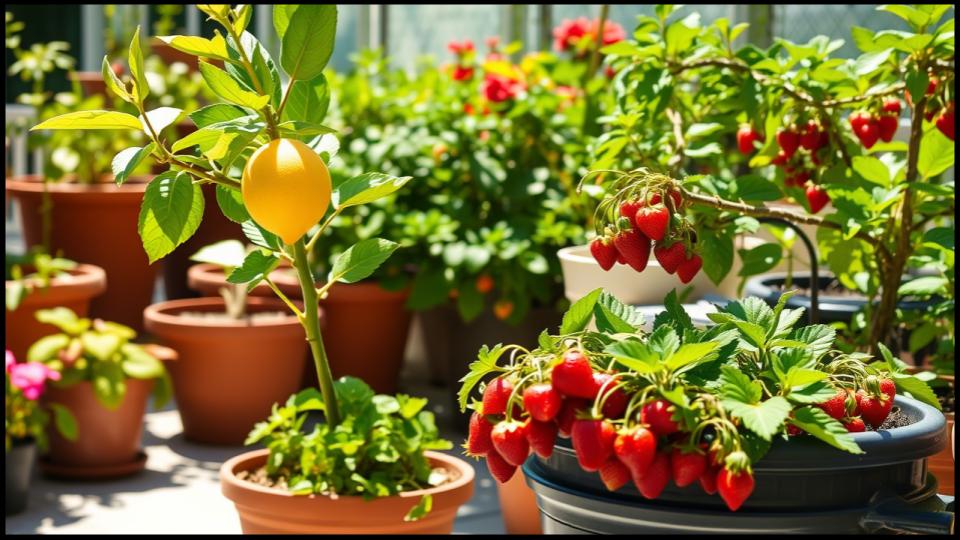
Grow fruit in containers: The dream of walking a few steps from your door to harvest a sun-warmed handful of berries or a perfectly ripe lemon is a powerful one. For years, this simple pleasure felt reserved for those with sprawling backyards. But I’m here to share a secret that I’ve shared with countless clients and practiced on my own sun-drenched deck: some of nature’s most delicious fruits can thrive in pots. The key is growing fruit in containers, a practice that transforms any balcony, patio, or stoop into a personal, productive orchard. This guide will walk you through everything you need to know, from choosing the right plants to the essential care that ensures a bountiful harvest.
Quick Tips for a Bountiful Harvest
Here’s what you need to know to get started with container fruit gardening.
- Bigger Is Better: Choose the largest container you can manage. For trees, think 15 gallons or more. More soil means more room for roots and better moisture retention.
- Pick the Right Plant: Don’t just put any fruit tree in a pot. Select “dwarf,” “patio,” or “compact” varieties specifically bred for container life.
- Sunlight Is Non-Negotiable: Nearly all fruit-bearing plants require at least 6-8 hours of direct, uninterrupted sunlight each day to produce high-quality fruit.
- Master Your Watering: Containers dry out much faster than garden beds. Check the soil daily in warm weather and water deeply whenever the top inch or two is dry.
The Foundation of Success: Getting Started with Container Gardening for Fruit
Before you even think about which fruit to grow, setting the stage correctly is paramount. A little preparation now prevents a world of frustration later. In my experience as a Master Gardener, I’ve seen more failures from poor foundations—the wrong pot or soil—than from any other cause.
Choosing the Perfect Pot
The single most common mistake I see is underestimating the pot size. A tiny pot restricts root growth, dries out in a flash, and simply can’t provide the stability a fruiting plant needs.
- Material: Terracotta is classic and breathes well but dries out quickly. Glazed ceramic pots are beautiful and hold moisture better. Fabric grow bags are excellent for promoting healthy, air-pruned roots. My personal preference for larger trees is a high-quality resin or fiberglass pot that mimics a heavier material but is easier to move.
- Size: For strawberries or herbs, a 5-gallon pot is fine. For blueberries, figs, or dwarf citrus, start with at least a 10-gallon pot, but a 15- to 20-gallon container is even better. This gives the plant room to mature for several years before needing to be repotted.
- Drainage: This is not optional. If the pot you love doesn’t have a hole in the bottom, you must either drill one or use it as a decorative cachepot with a functional nursery pot inside. Without drainage, you’re setting your plant up for root rot, a fatal condition.
The Ideal Soil Mix
Never, ever use soil from your garden bed in a container. It is too dense, compacts easily with watering, and can introduce pests and diseases. Instead, you need a sterile, well-aerated potting mix. Look for a high-quality mix that contains peat moss or coir, pine bark, and perlite or vermiculite for drainage. According to the University of New Hampshire Extension, a mix designed for shrubs and trees is a perfect starting point. I like to amend this with a generous scoop of compost for added organic matter and slow-release nutrients.
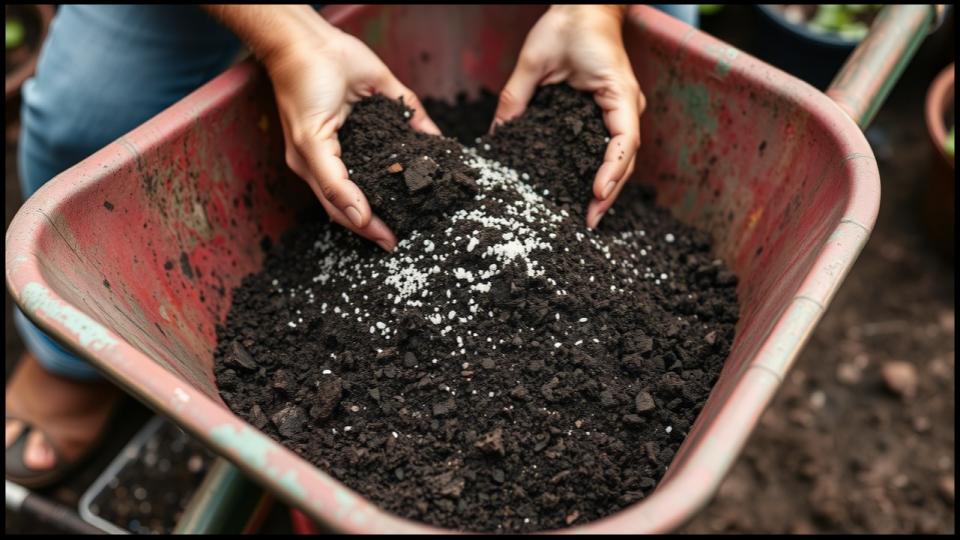
Sunlight and Location
Fruit production is an energy-intensive process for a plant, and that energy comes from the sun. Select the sunniest spot you have—ideally, one that receives a solid 6 to 8 hours of direct sun daily. A south- or west-facing patio or balcony is perfect. For heavy pots, placing them on wheeled caddies before you plant is a back-saving trick that allows you to chase the sun throughout the seasons or easily move them for overwintering.
Our 9 Container Champs: The Best Fruits for Containers
Now for the exciting part: choosing your plants! These nine varieties are reliable, productive, and perfectly suited for a life in pots.
Strawberries (Fragaria x ananassa)
The quintessential container fruit. They’re easy for beginners and incredibly rewarding. Choose everbearing varieties, which produce a steady crop throughout the summer, over June-bearing types. They are perfect for hanging baskets, window boxes, and classic strawberry jars. My go-to for incredible flavor is an Alpine strawberry variety like ‘Mignonette‘; the berries are small but packed with an intense, wild sweetness.
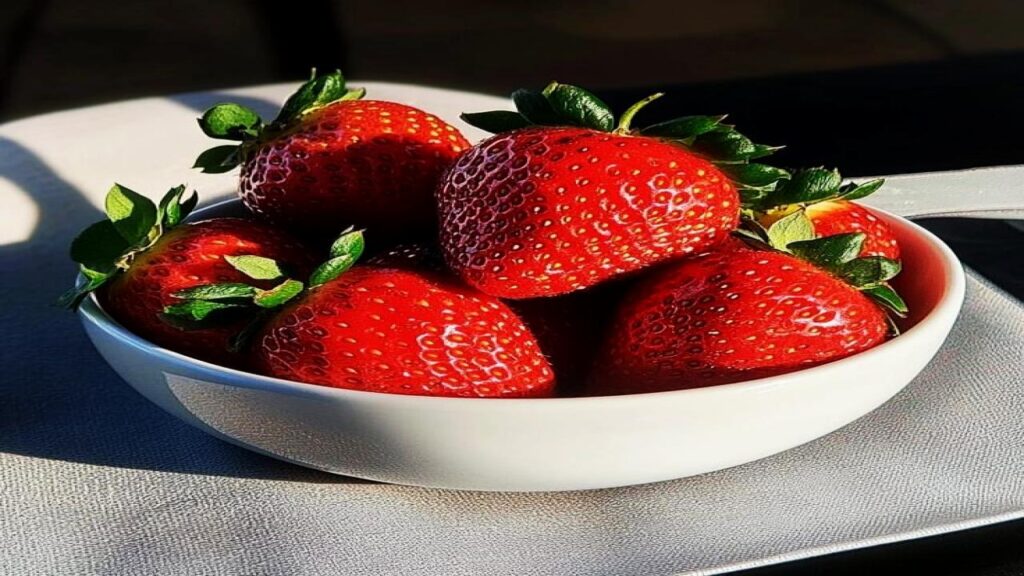
Blueberries (Vaccinium corymbosum)
Imagine harvesting your own antioxidant-rich blueberries for your morning yogurt. It’s entirely possible, provided you meet one key need: acidic soil. Use a potting mix formulated for acid-loving plants (like azaleas) or amend your mix with elemental sulfur. Look for compact varieties like ‘Top Hat‘ or the stunning ‘Pink Icing,’ which has gorgeous foliage. Note that while some are self-pollinating, you will get a much larger harvest by planting two different varieties near each other.
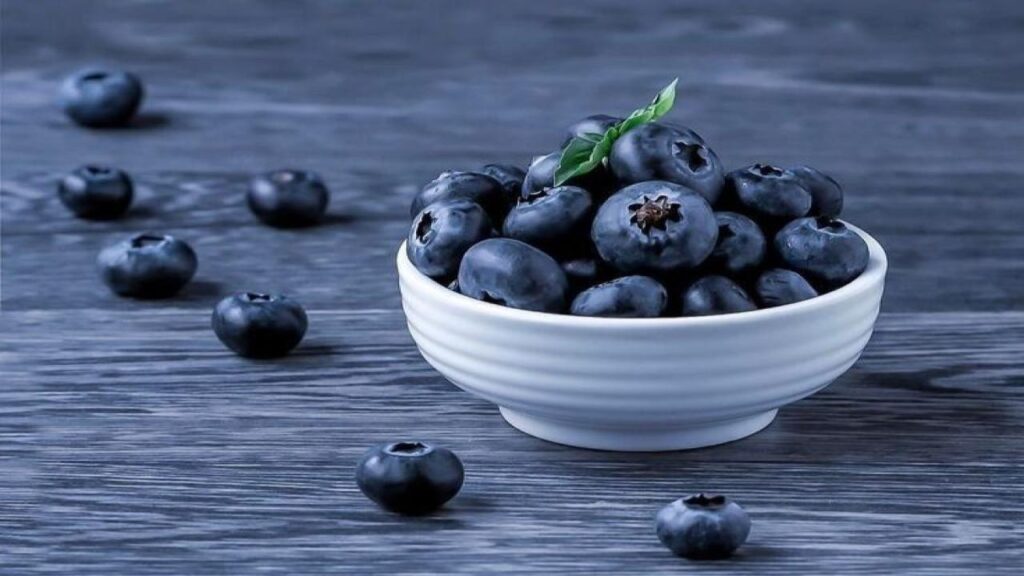
Figs (Ficus carica)
There is nothing more luxurious than a sun-warmed, perfectly ripe fig. These trees bring a touch of the Mediterranean to any space and are surprisingly easy fruit trees in pots. They adore the heat reflected from a patio or wall. Look for dwarf varieties like ‘Brown Turkey,’ ‘Celeste,’ or the exceptionally compact ‘Little Miss Figgy.’
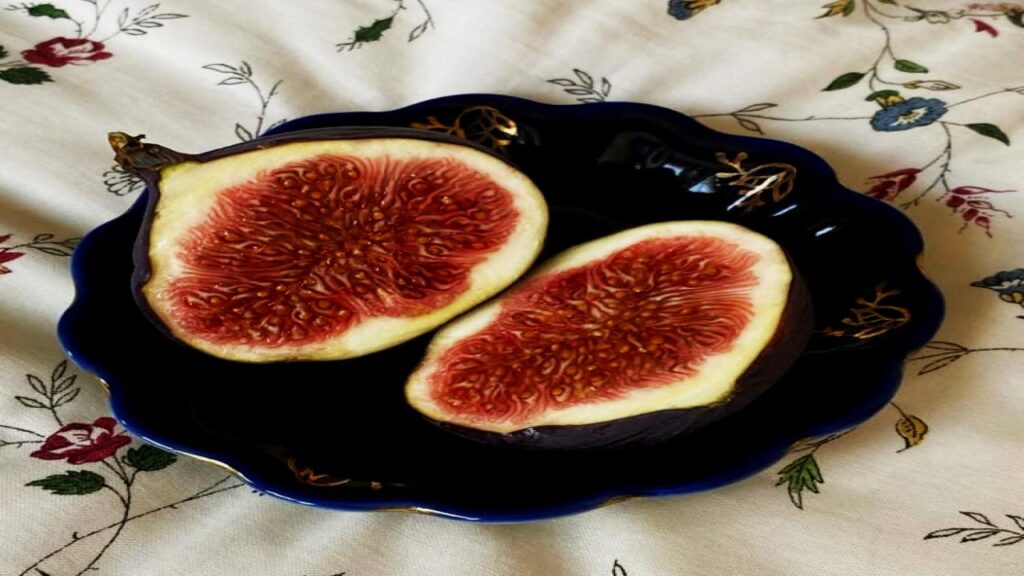
Meyer Lemons (Citrus x meyeri)
If I could only have one fruit tree in a pot, it would be a Meyer lemon. It’s a beautiful plant with glossy evergreen leaves, intoxicatingly fragrant blossoms, and fruit that is less acidic than a standard lemon. These trees offer year-round beauty. The key to success is providing excellent drainage and, for those in colder climates, a plan to bring them indoors to a sunny window before the first frost, as advised by horticultural experts at Clemson University.
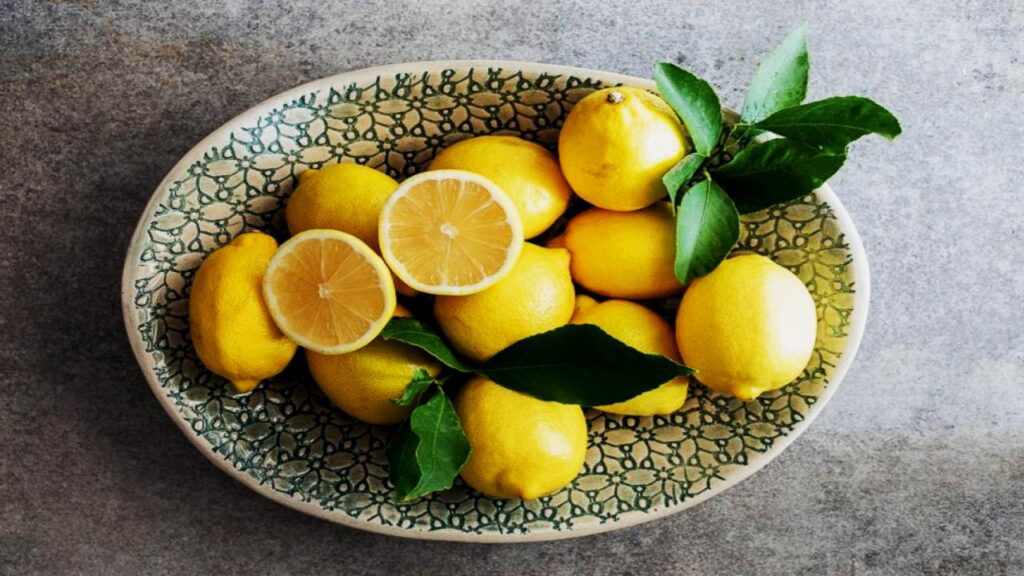
Dwarf Apples (Malus domestica)
Thanks to the magic of grafting, you can grow a genuine apple tree on your balcony. The secret is the rootstock, which controls the tree’s ultimate size. Look for trees grafted onto “dwarf” (like M9) or “miniature” (like M27) rootstocks. Columnar apple varieties, which grow straight up with very little side branching, are another brilliant option for tight spaces.
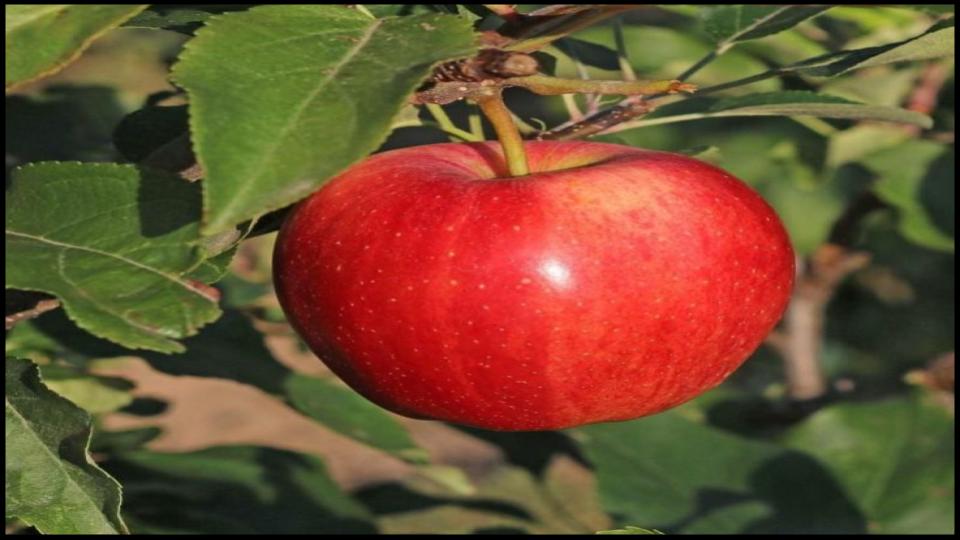
Raspberries & Blackberries (Rubus sp.)
Modern breeding has given us incredible compact cane berries. Forget the sprawling, thorny patches of the past. Look for thornless, self-supporting varieties developed specifically for container gardening for fruit, such as the ‘Raspberry Shortcake‘ raspberry or ‘Baby Cakes‘ blackberry. These primocane-fruiting types bear fruit on their first-year canes, simplifying pruning and ensuring a harvest your very first season.
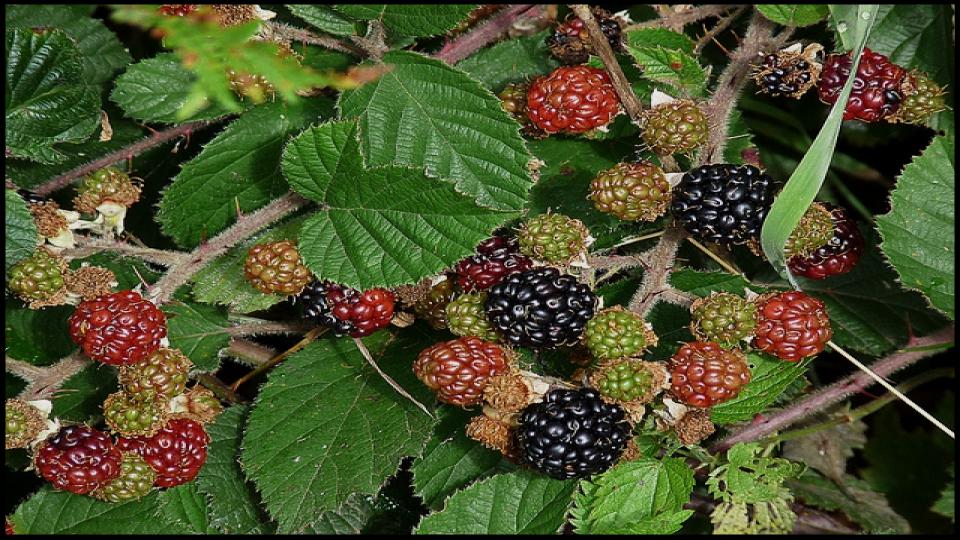
Dwarf Cherries (Prunus avium / P. cerasus)
Sweet, juicy cherries from a pot? Yes, it’s possible! Focus on sour cherries (Prunus cerasus), which are naturally smaller trees and excellent for pies and jams. For sweet cherries, seek out newly developed dwarf varieties like those in the ‘Carmine Jewel‘ series, which were bred to remain a manageable shrub size.
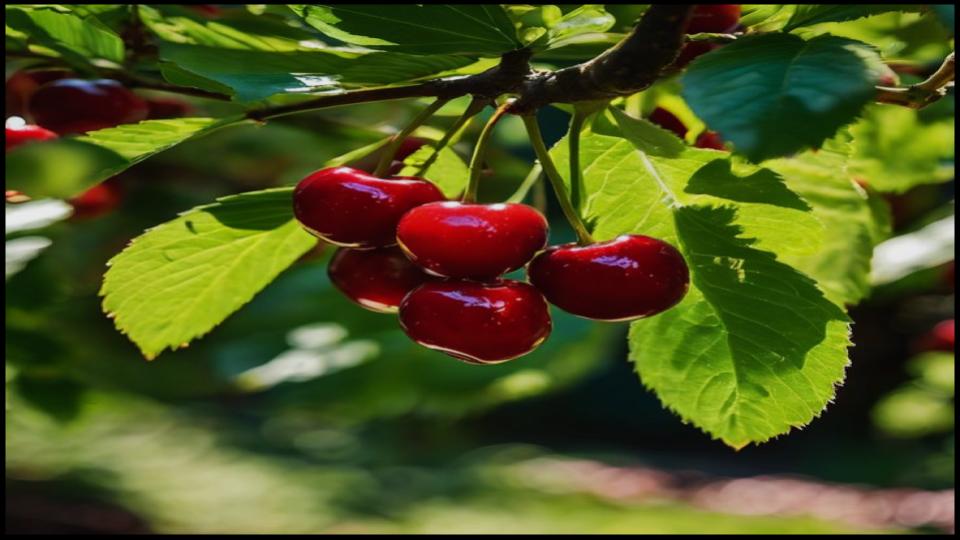
Gooseberries (Ribes uva-crispa)
This old-fashioned European fruit deserves a major comeback. The tart, flavorful berries are fantastic in desserts. Gooseberry bushes are hardy, self-pollinating, and more tolerant of a little shade than most other fruits, making them a versatile choice. A variety like ‘Invicta‘ is vigorous and disease-resistant, making it a reliable choice for beginners.
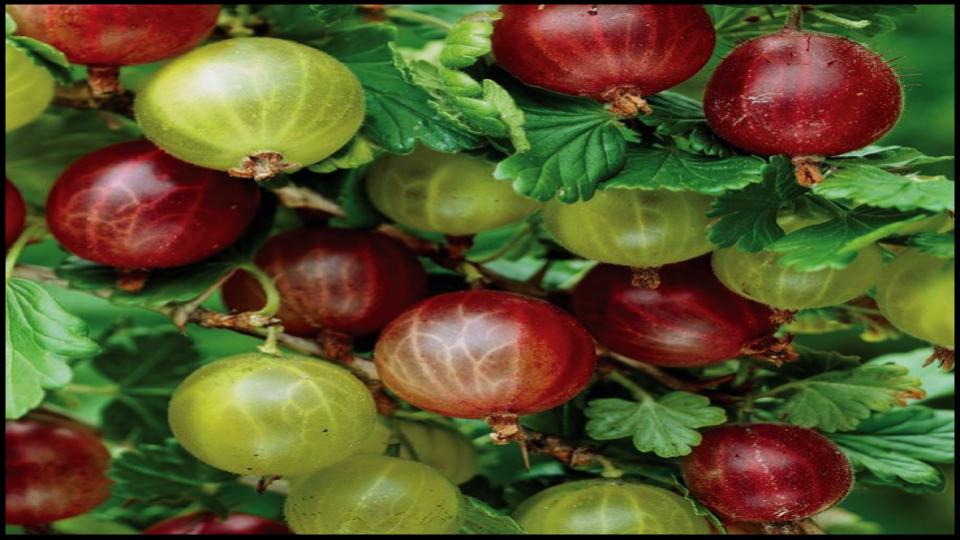
Passion Fruit (Passiflora edulis)
For the slightly more adventurous gardener, a passion fruit vine is a spectacular choice. It’s a fast-growing vine that will need a sturdy trellis to climb, but the reward is twofold: incredibly complex, tropical-flavored fruit and some of the most exotic, stunning flowers you will ever see. My potted passion fruit is always the biggest conversation piece on my deck each summer.
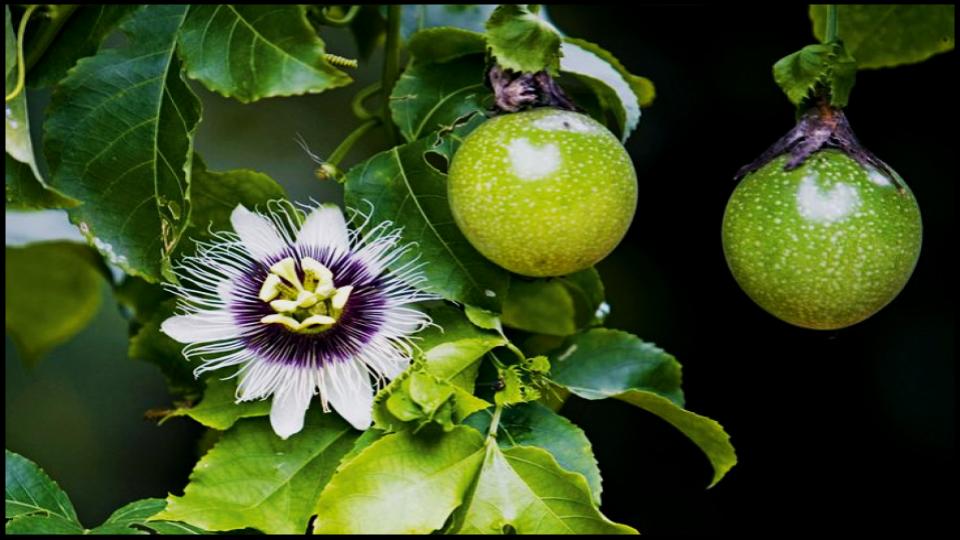
Essential Care for a Bountiful Harvest
Growing fruit in containers requires a bit more diligence than in-ground gardening, but the rhythm is easy to learn.
- Watering Wisely: This is the most critical task. The limited soil volume means pots dry out fast. In the heat of summer, a daily check is necessary. Water thoroughly until you see it flowing from the drainage holes. This ensures the entire root ball is hydrated.
- A Strategic Feeding Schedule: Container plants rely entirely on you for nutrients. I recommend incorporating a slow-release, balanced fertilizer into the potting mix at planting time. Then, supplement with a liquid fertilizer, like fish emulsion or a kelp-based product, every 2-4 weeks during the active growing season (spring and summer).
- Pruning for Health: Pruning helps maintain a manageable size, improves air circulation to prevent disease, and encourages the plant to put energy into fruit production. Pruning needs vary by plant, but generally, the goal is to remove any dead or crossing branches to create an open structure.
- Overwintering Your Potted Orchard: In climates with cold winters, you must protect your plants. Hardy trees like apples and cherries can often survive outdoors if the pots are grouped together and wrapped in burlap or bubble wrap to insulate the roots. Tender plants like citrus and figs must be moved into a protected, unheated space like a garage or basement, or for citrus, a sunny window indoors.
TOOLS AND MATERIALS BOX:
- Large Containers: 15-gallon (57-liter) minimum for trees.
- High-Quality Potting Mix: Avoid garden soil.
- Slow-Release Fertilizer: A balanced formula like 10-10-10.
- Hand Trowel & Pruning Shears: For planting and maintenance.
- Watering Can or Hose Wand: For gentle, thorough watering.
- Plant Caddies: Wheeled platforms to make moving heavy pots easy.]
Your Homegrown Harvest Awaits
The satisfaction of harvesting fruit you’ve grown yourself is a unique and wonderful experience. By choosing the right variety and dedicating yourself to the simple, rhythmic tasks of watering and feeding, you can turn the smallest of spaces into a productive and beautiful oasis. Growing fruit in containers is more than just a gardening technique; it’s a way to connect with your food and enjoy the sweet rewards of your care. Start with one plant that excites you, give it what it needs, and prepare to be amazed at what you can produce.
Read More
8 Delicious Fruits You Can Grow in Pots—Even on a Tiny Balcony
